Etienne Malapert
The City of Possibilities
2015
The project is led by Masdar, a subsidiary of Mubadala Development Company. Initiated in 2006, the city was envisioned to cover 6 square kilometres (2.3 sq mi) and estimated to cost US$18-22 billion. It would take approximately eight years to build, with the first phase scheduled to be completed and habitable in 2009. Construction began on Masdar City in 2008 and the first six buildings of the city were completed and occupied in October 2010. However, due to the impact of the global financial crisis, the initial 1,000,000 square metres (0.39 sq mi) was estimated for completion in 2015; final completion was pushed back to between 2020 and 2025. By 2016, less than 300,000 square metres (0.12 sq mi) had been developed and final completion was estimated to be 2030.
As designed, the city would be home to 45,000 to 50,000 people and 1,500 businesses, primarily commercial and manufacturing facilities specialising in environmentally friendly products. In turn, more than 60,000 workers are expected to commute to the city daily. As of 2016, fewer than 2,000 people are employed in Masdar, and only the 300 students of the Masdar Institute live on site.
Masdar City will be the latest of a small number of highly planned, specialised, research and technology-intensive municipalities that incorporate a living environment, similar to KAUST, Saudi Arabia or Tsukuba Science City, Japan.
Partners in the project through its Clean Tech Fund are Consensus Business Group, Credit Suisse and Siemens Venture Capital. Construction of the first phase of the project is being managed by CH2M Hill. Infrastructure construction for the city will be handled by the Al Jaber Group and design of the central Masdar headquarters building has been awarded to Adrian Smith + Gordon Gill Architecture. The city’s wayfinding system was developed by Endpoint and City ID. Masdar is a sustainable mixed-use development designed to be very friendly to pedestrians and cyclists.
Masdar City has terracotta walls decorated with arabesque patterns. From a distance, the city looks like a cube. The temperature in the streets is generally 15 to 20 °C (27 to 36 °F) cooler than the surrounding desert. The temperature difference is due to Masdar’s unique construction. A 45-metre-high (148 ft) wind tower modelled on traditional Arab designs sucks air from above and pushes a cooling breeze through Masdar’s streets. The site is raised above the surrounding land to create a slight cooling effect. Buildings are clustered close together to create streets and walkways shielded from the sun.
Masdar City was designed by Foster and Partners. Foster’s design team started its work by touring ancient cities such as Cairo and Muscat to see how they kept cool. Foster found that these cities coped with hot desert temperatures through shorter, narrower streets usually no longer than 70 metres (230 ft). The buildings at the end of these streets create just enough wind turbulence to push air upwards, creating a flushing effect that cools the street.
The project is supported by the global conservation charity World Wide Fund for Nature and the sustainability group Bioregional. In 2008, in response to the project’s commitment to zero carbon, zero waste and other environmentally friendly goals, WWF and Bioregional endorsed Masdar City as an official One Planet Living Community. The project is also supported by Greenpeace; however, they stress that there should be more focus on retrofitting existing cities to make them more sustainable rather than constructing new zero-carbon cities from scratch.
The US Government has supported the project. The US Department of Energy has signed a partnership agreement with the Masdar Group in a deal that will see the two organisations share expertise to support plans on zero-carbon cities. The Alliance to Save Energy honoured Masdar City with a 2012 EE Visionary Award in recognition of the city’s contributions to the advancement of energy efficiency.
Some skeptics are concerned that the city will be only symbolic for Abu Dhabi. In an interview in 2011, Geoffrey M. Heal, a professor at Columbia Business School in New York City and an expert in environmental economics, called Masdar “a gimmick, a way of attracting publicity and attention.” Its use of solar energy is not a practical model for others to follow, Heal further noted, given that few places in the world enjoy as much year-round sunlight as the Persian Gulf.
Others have expressed concern that it may become just a luxury development for the wealthy. Nicolai Ouroussoff opined in The New York Times that Masdar is the culmination of the gated community concept: “the crystallization of another global phenomenon: the growing division of the world into refined, high-end enclaves and vast formless ghettos where issues like sustainability have little immediate relevance”.
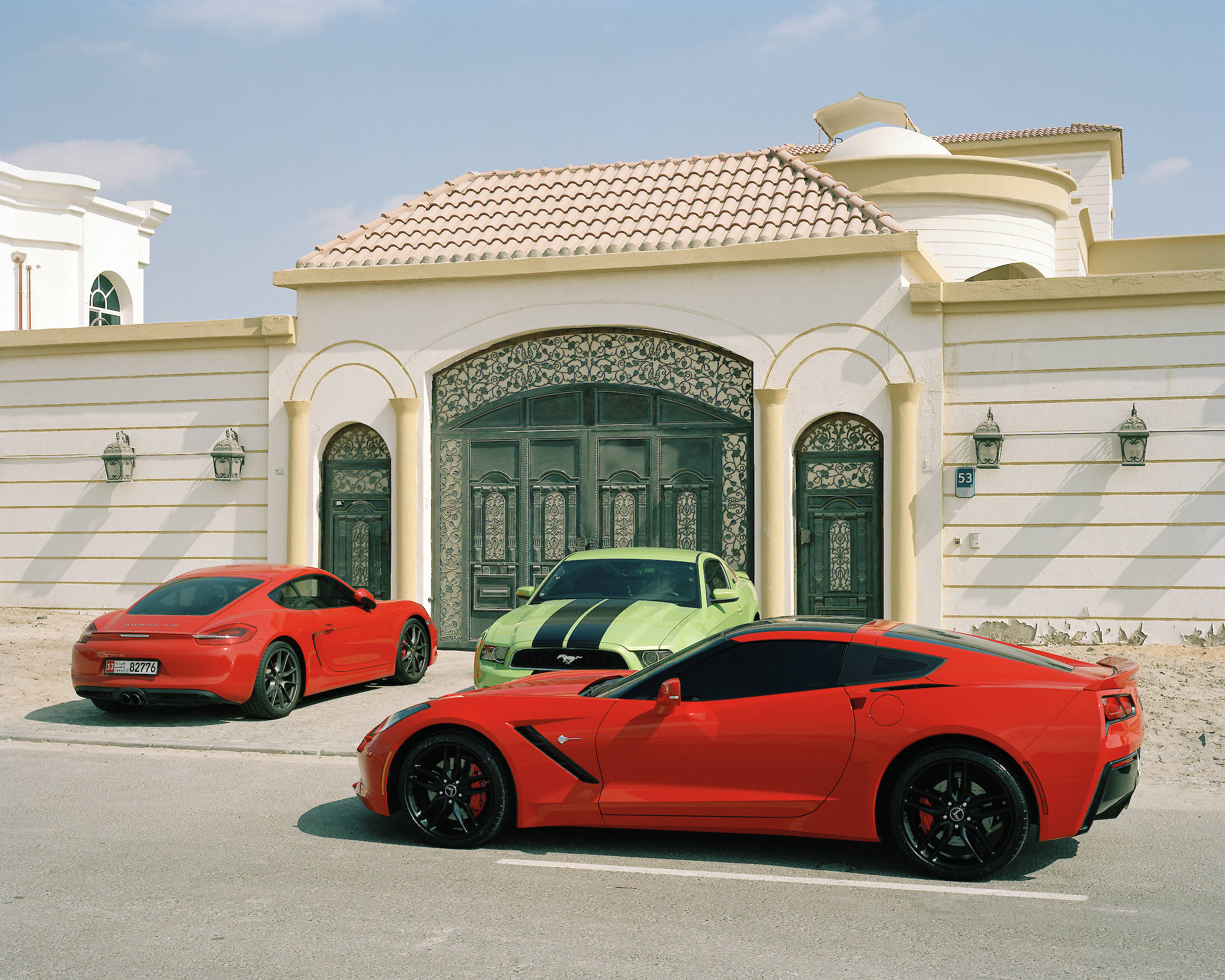
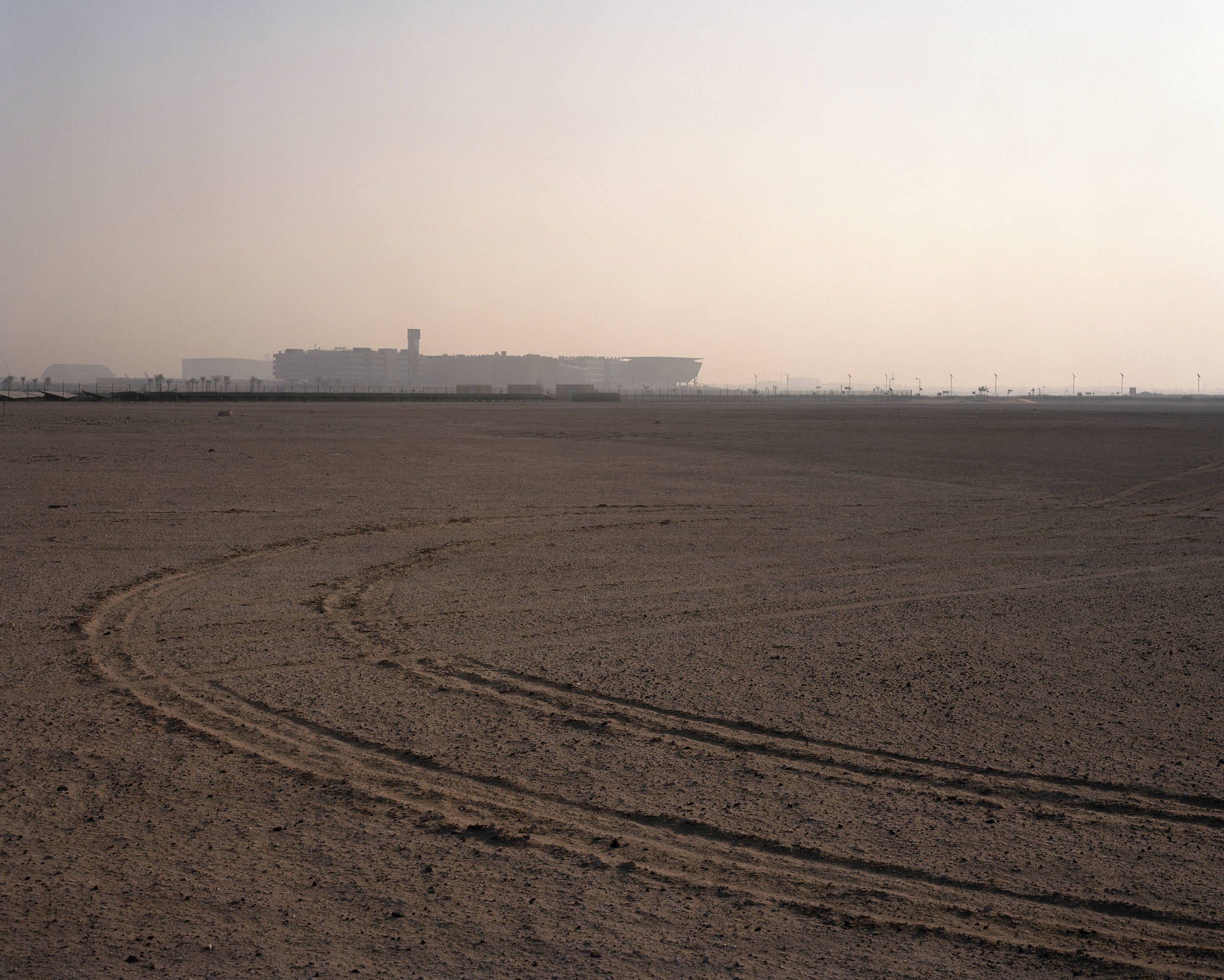
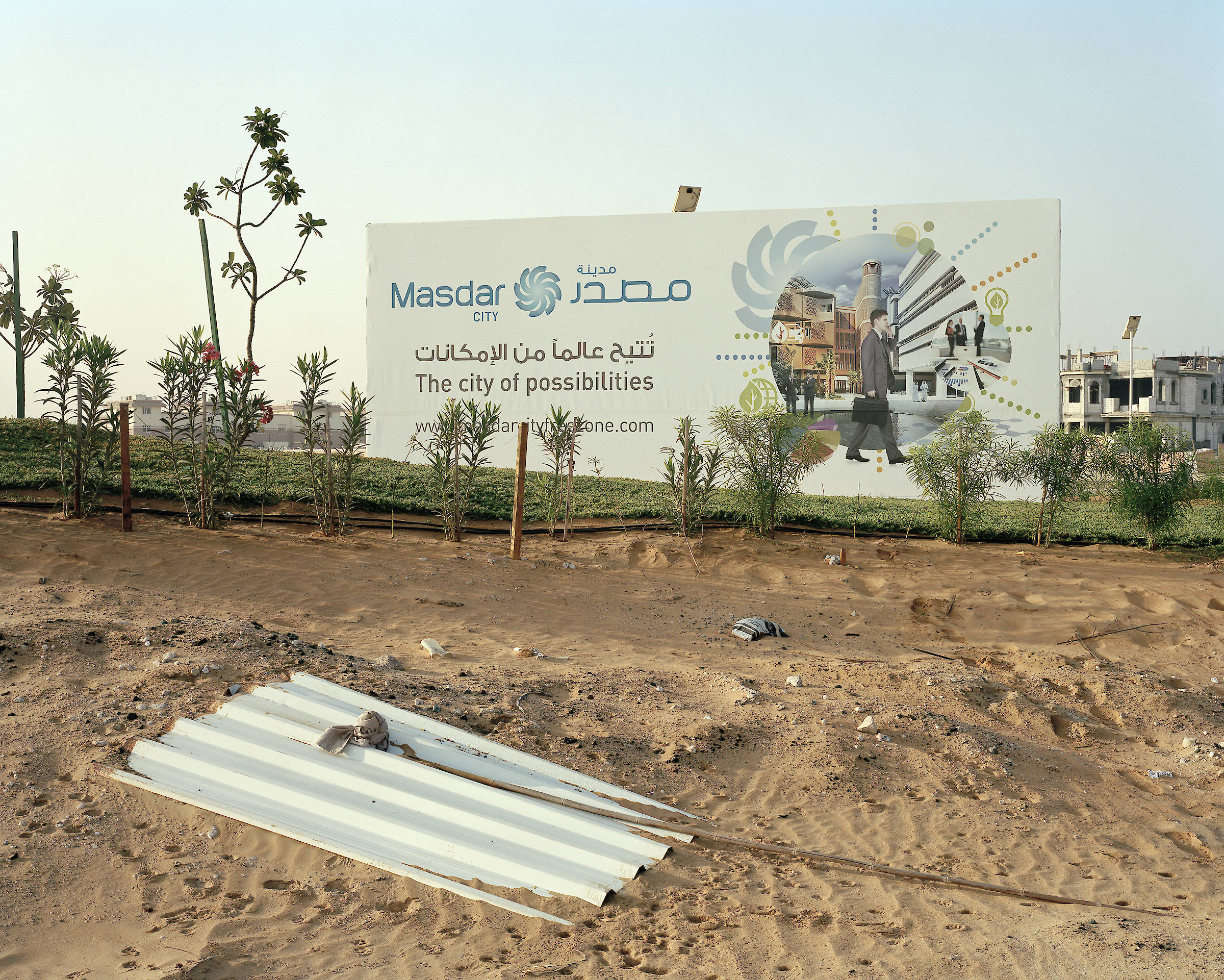
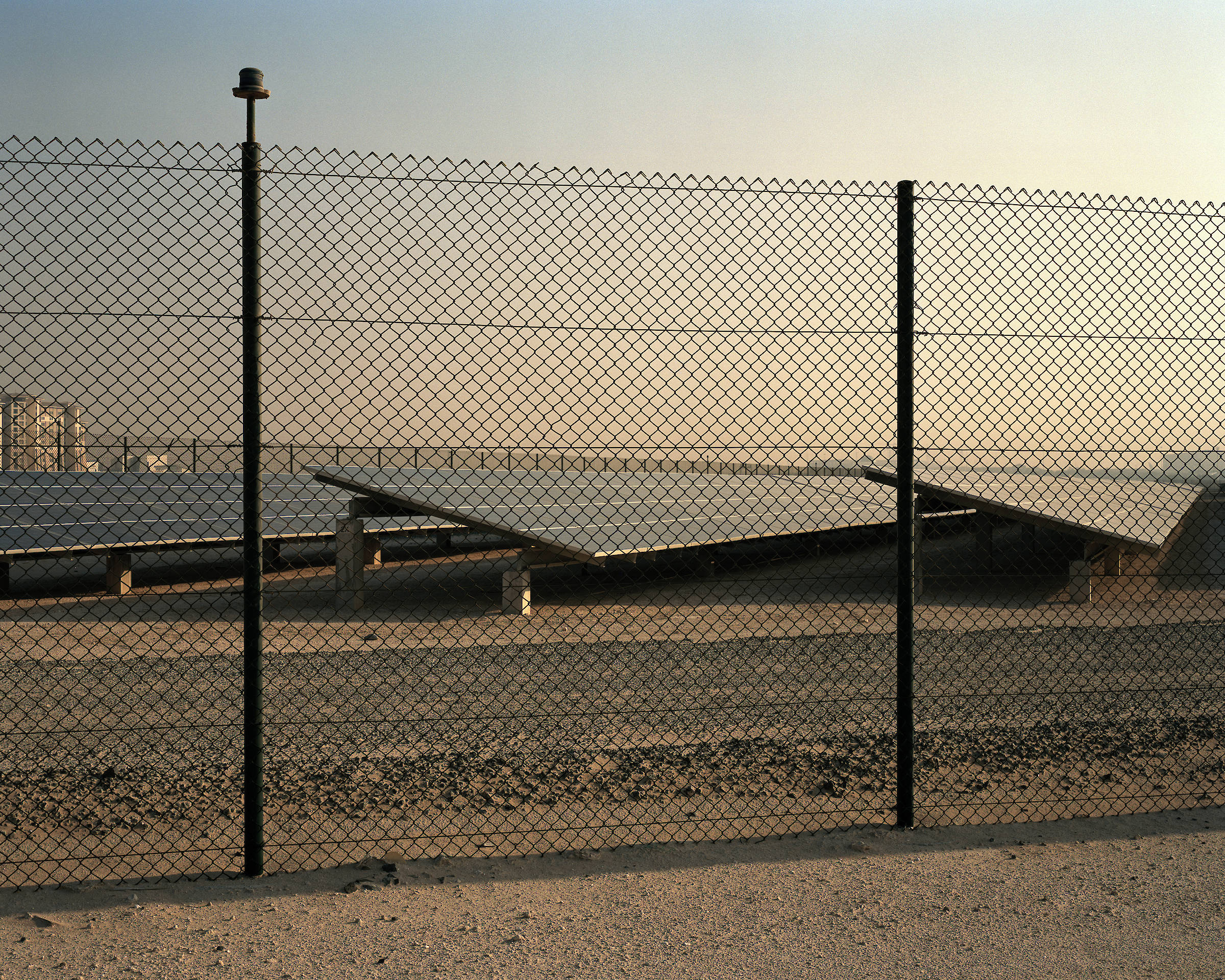
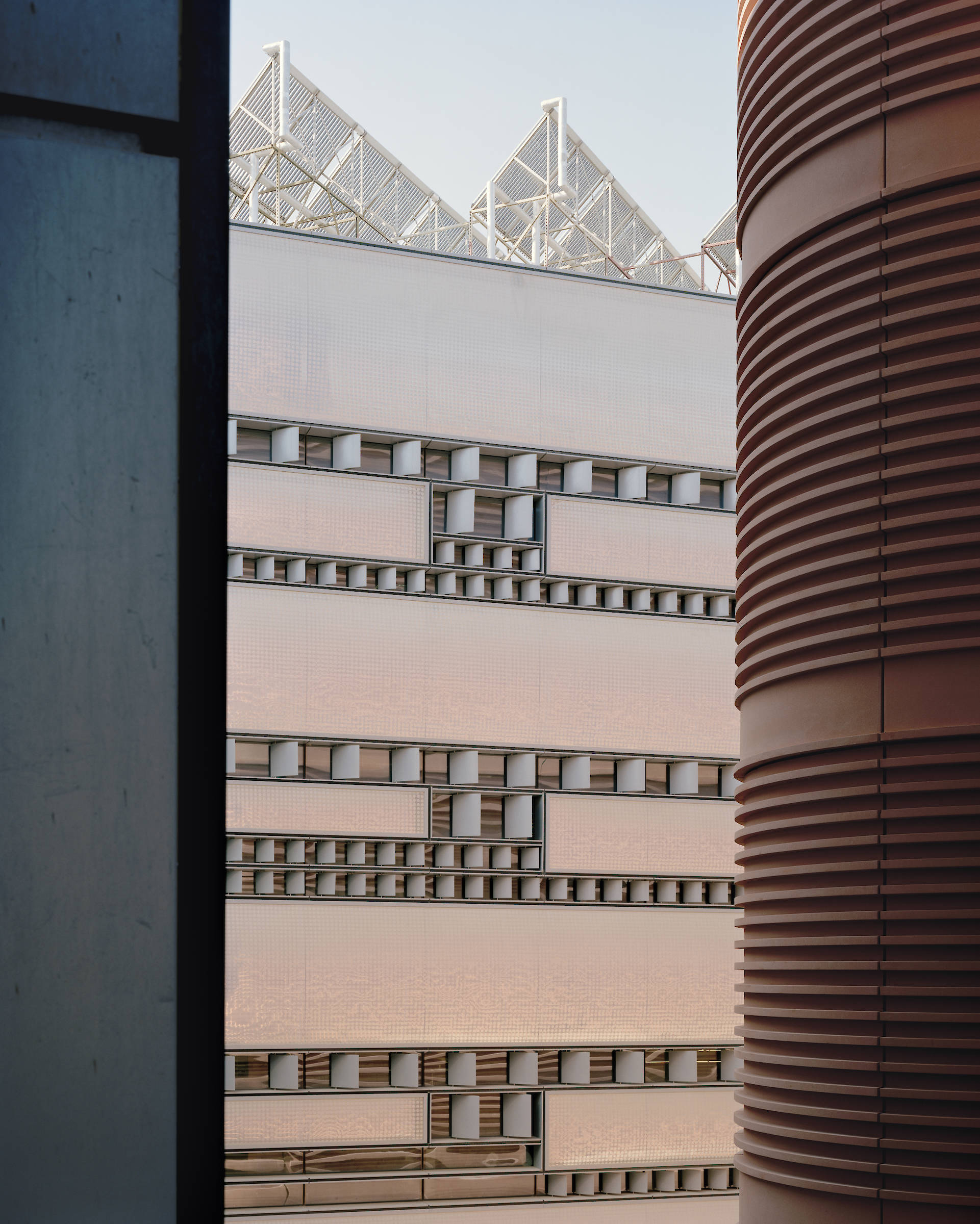
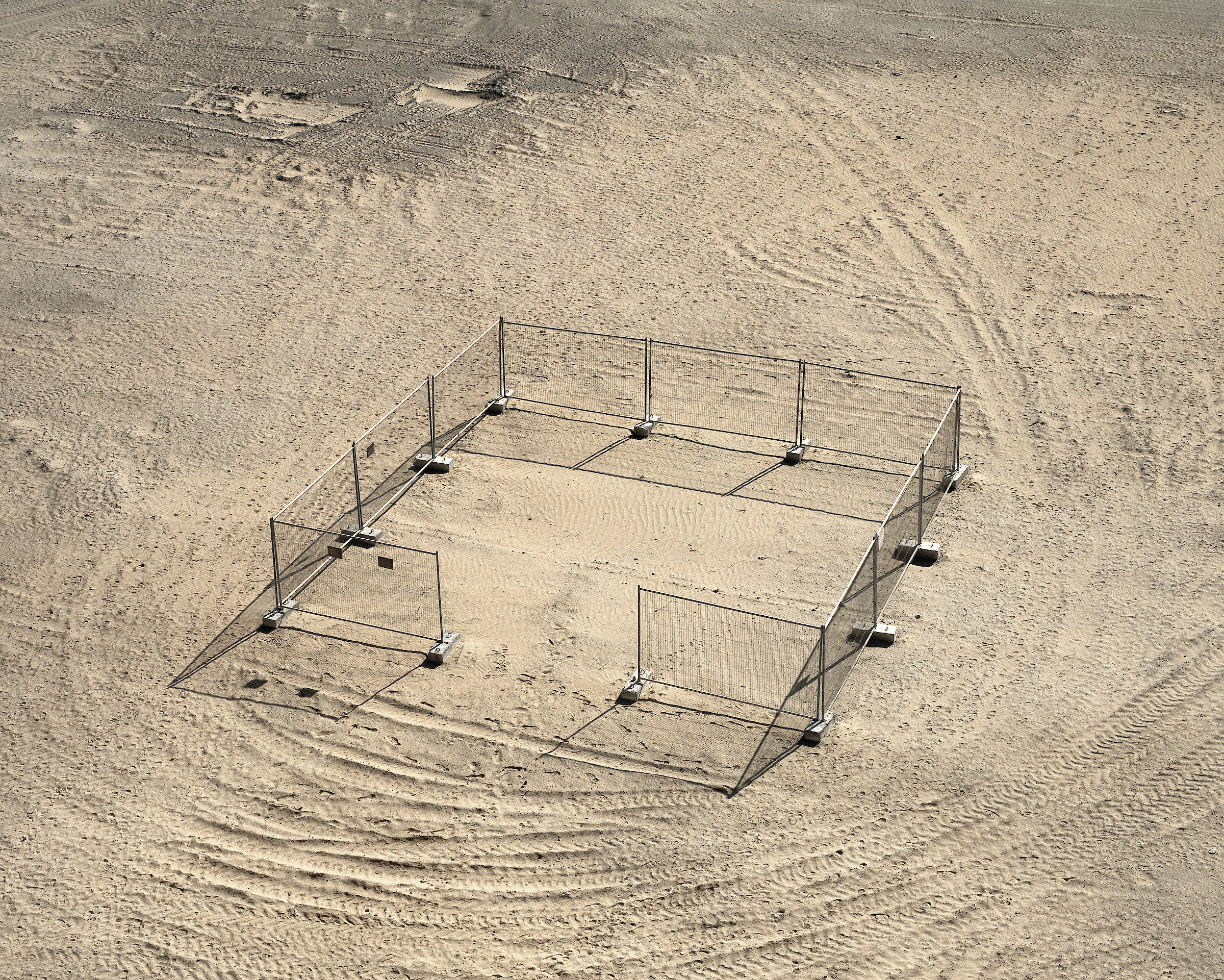
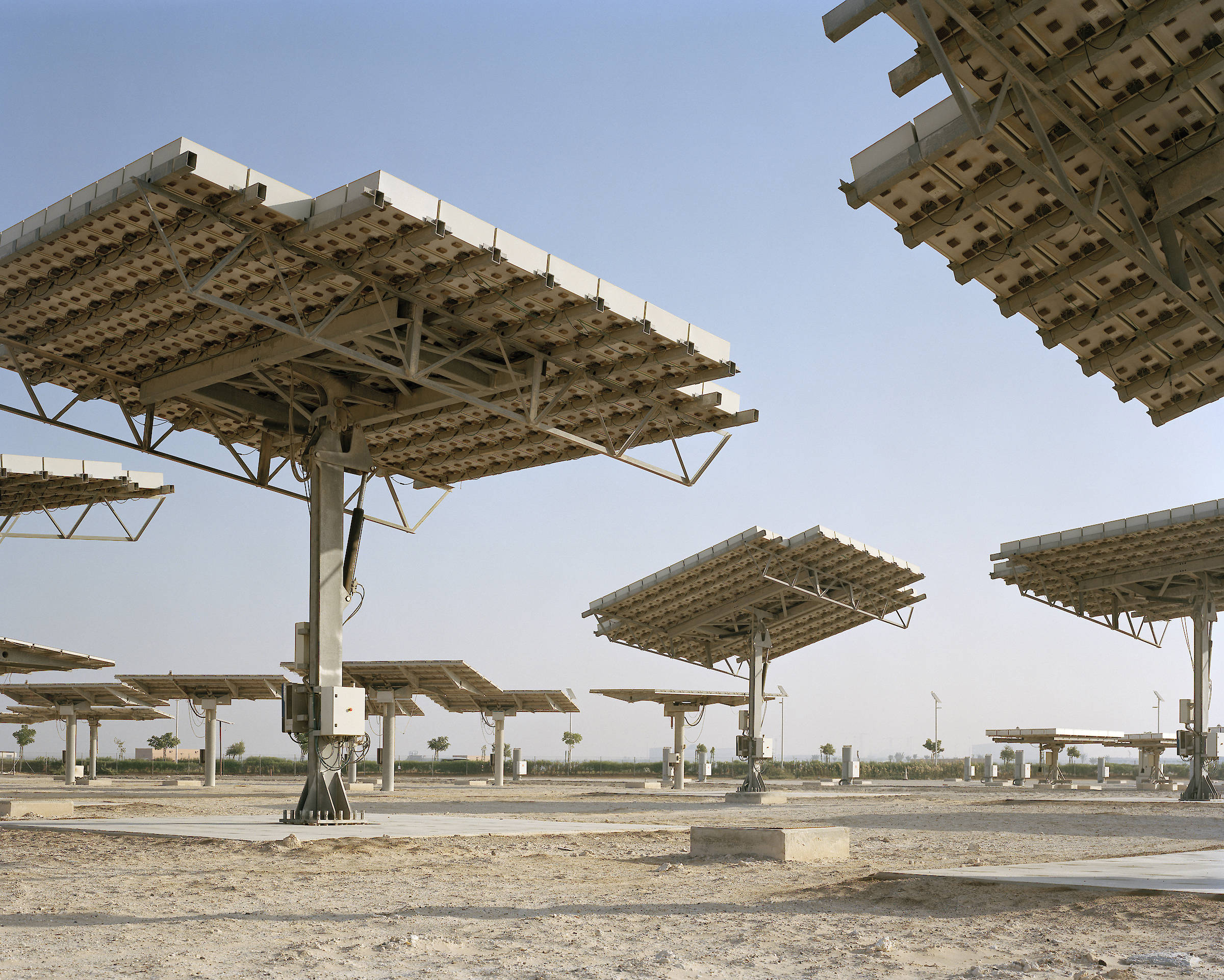
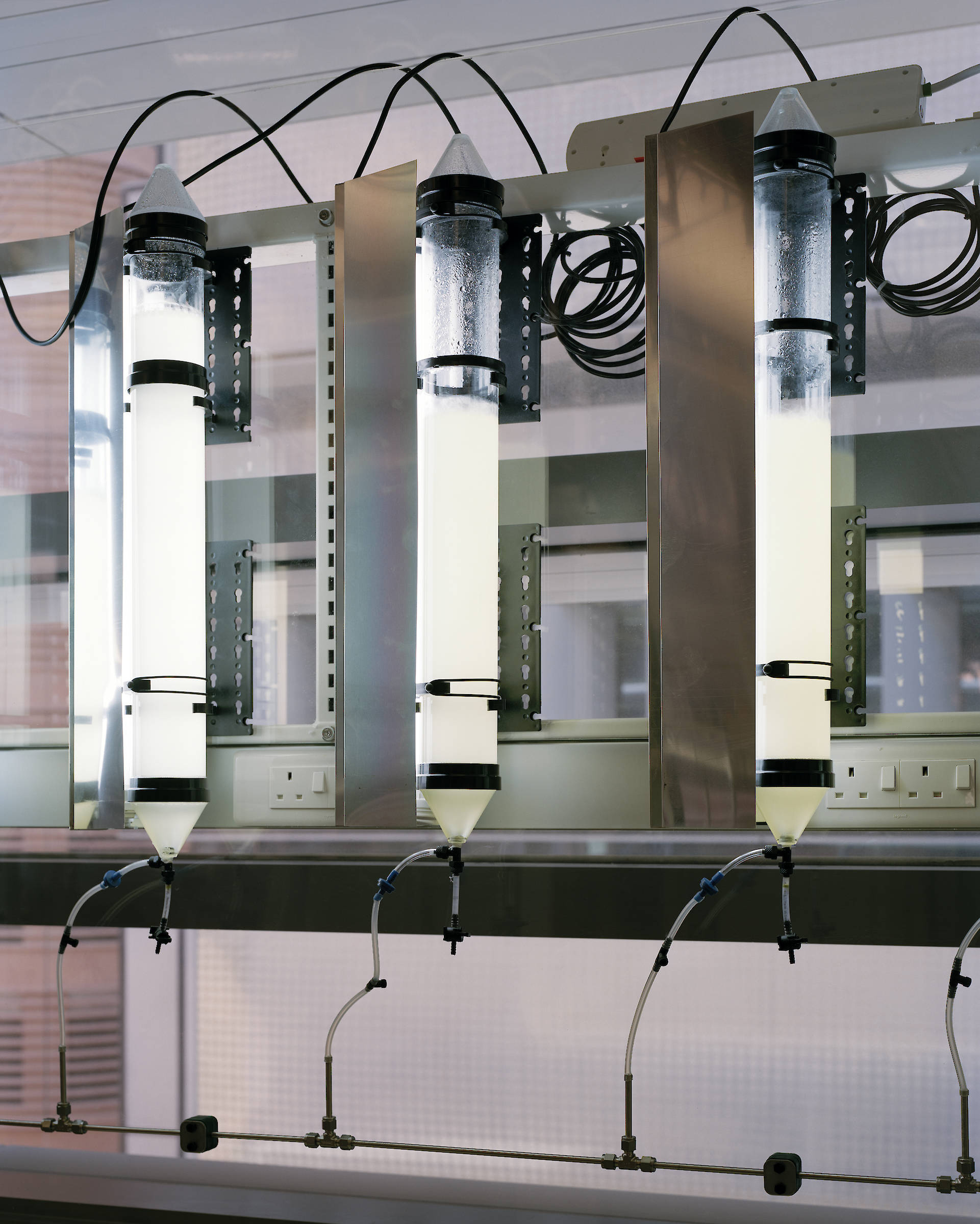
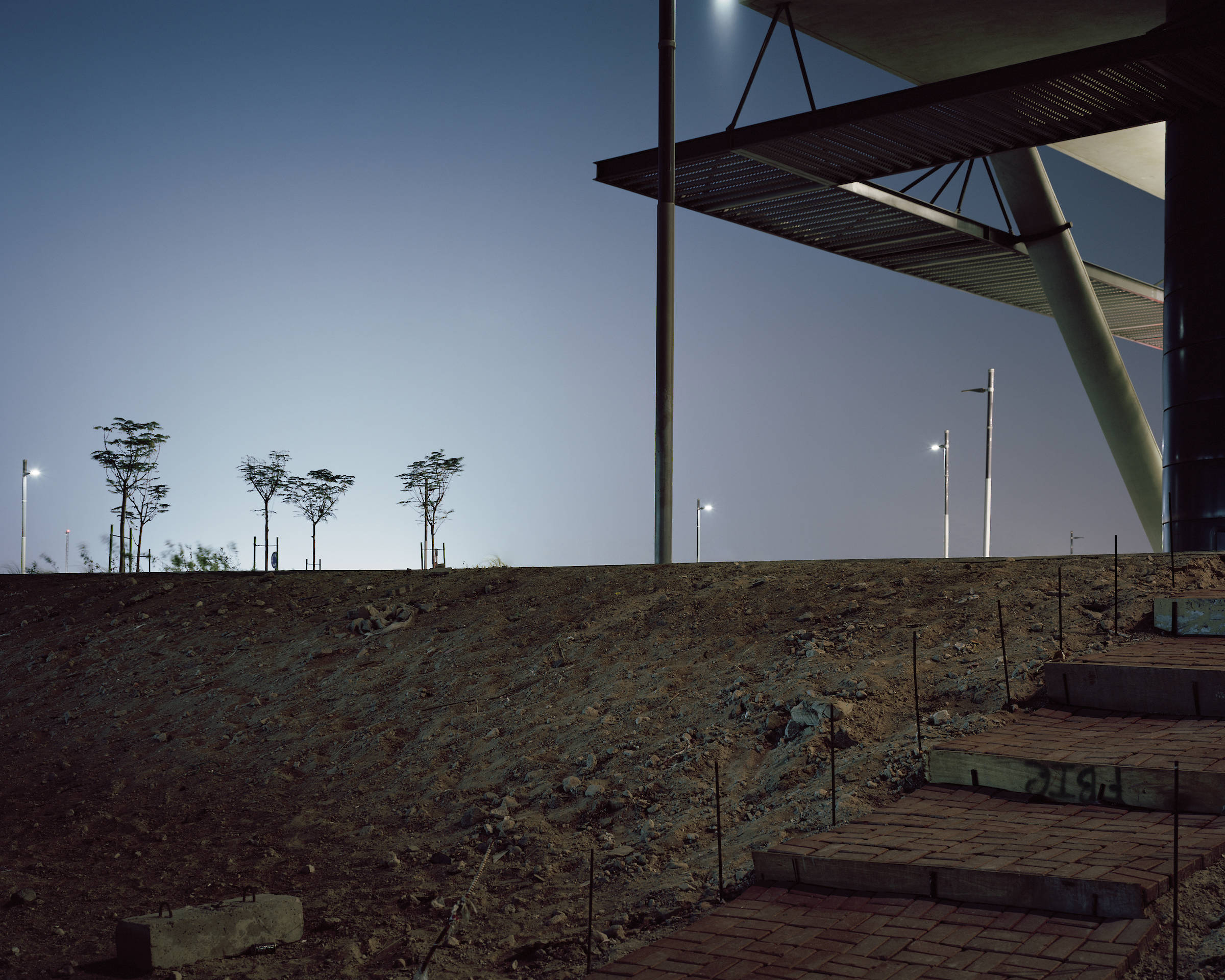
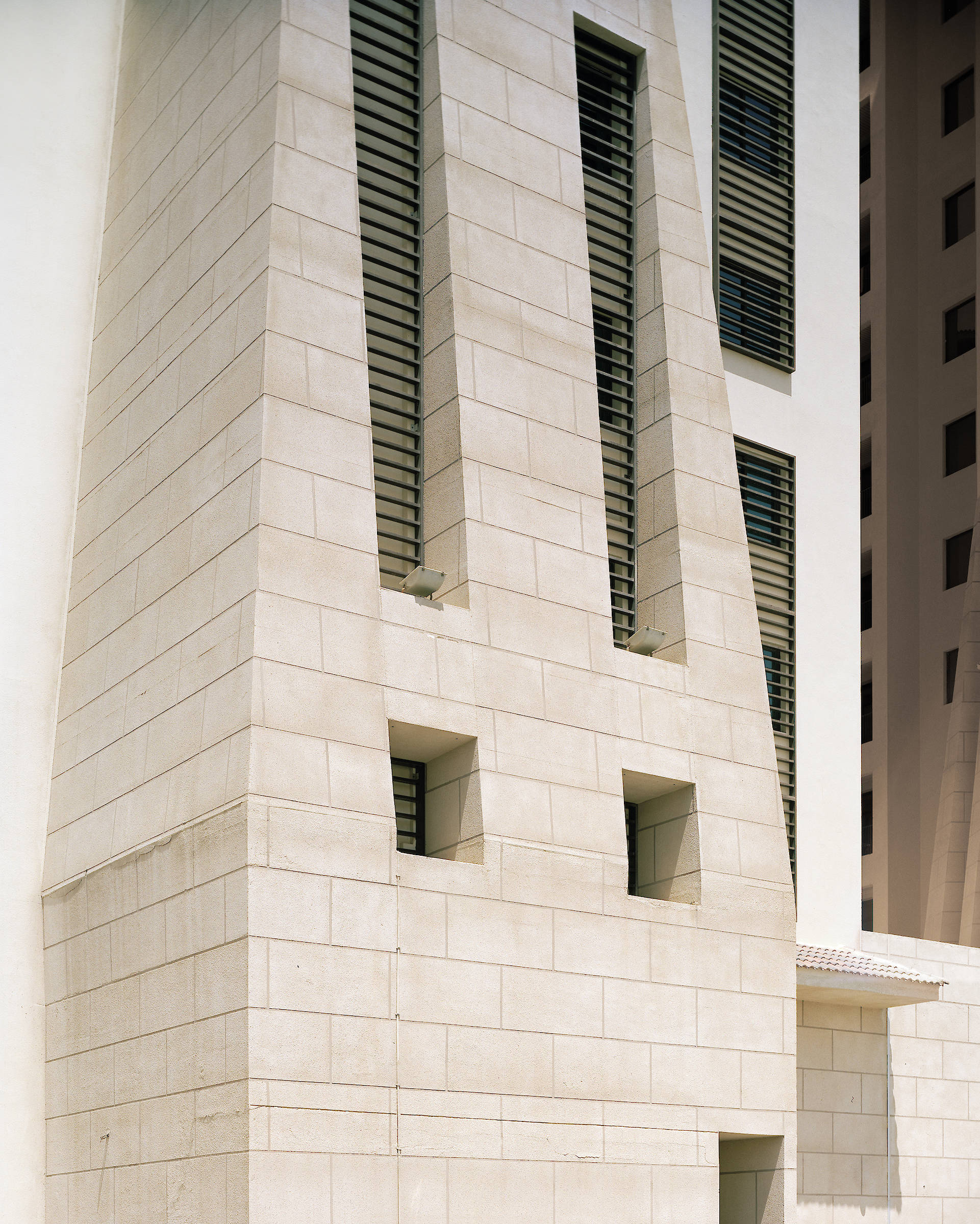
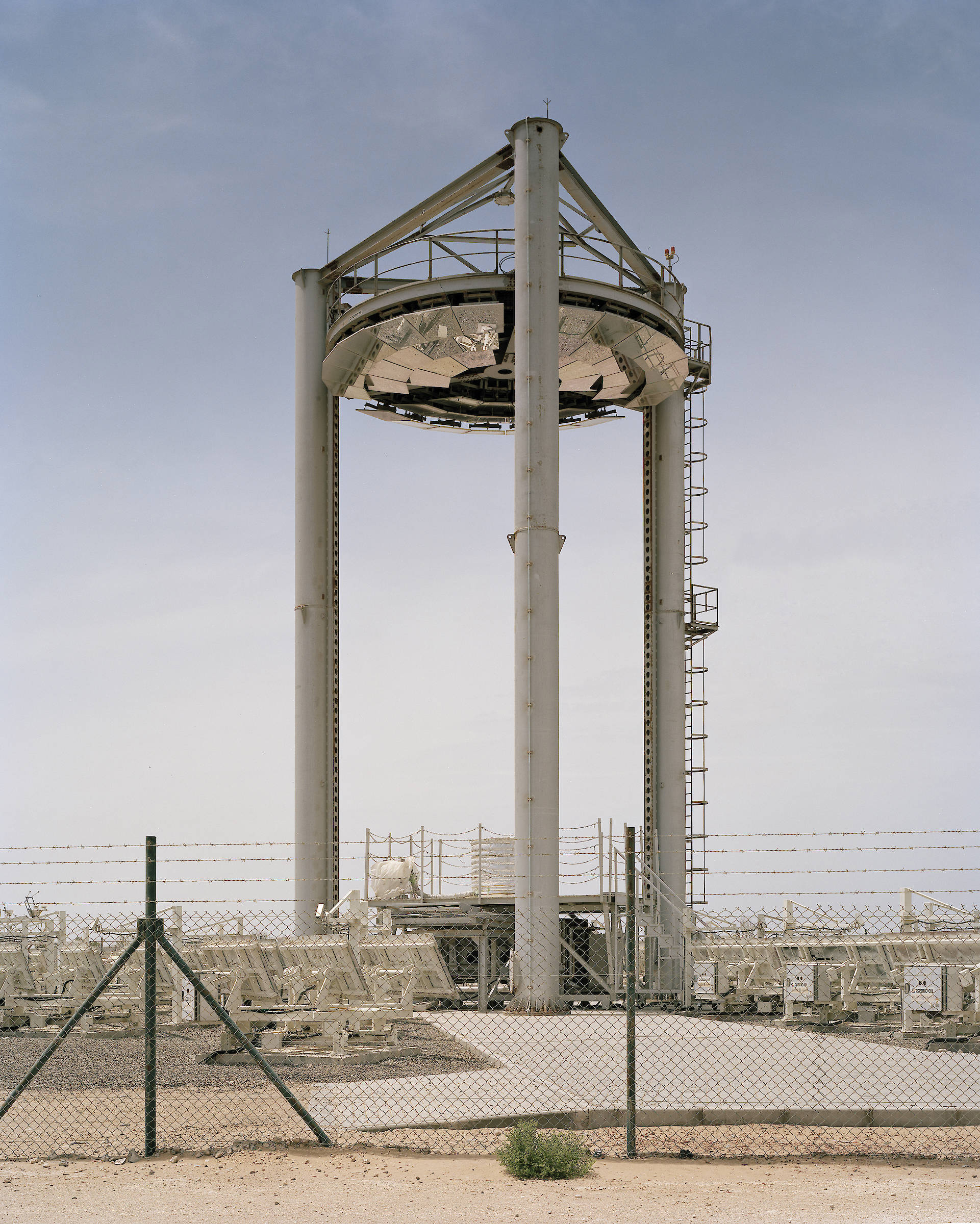
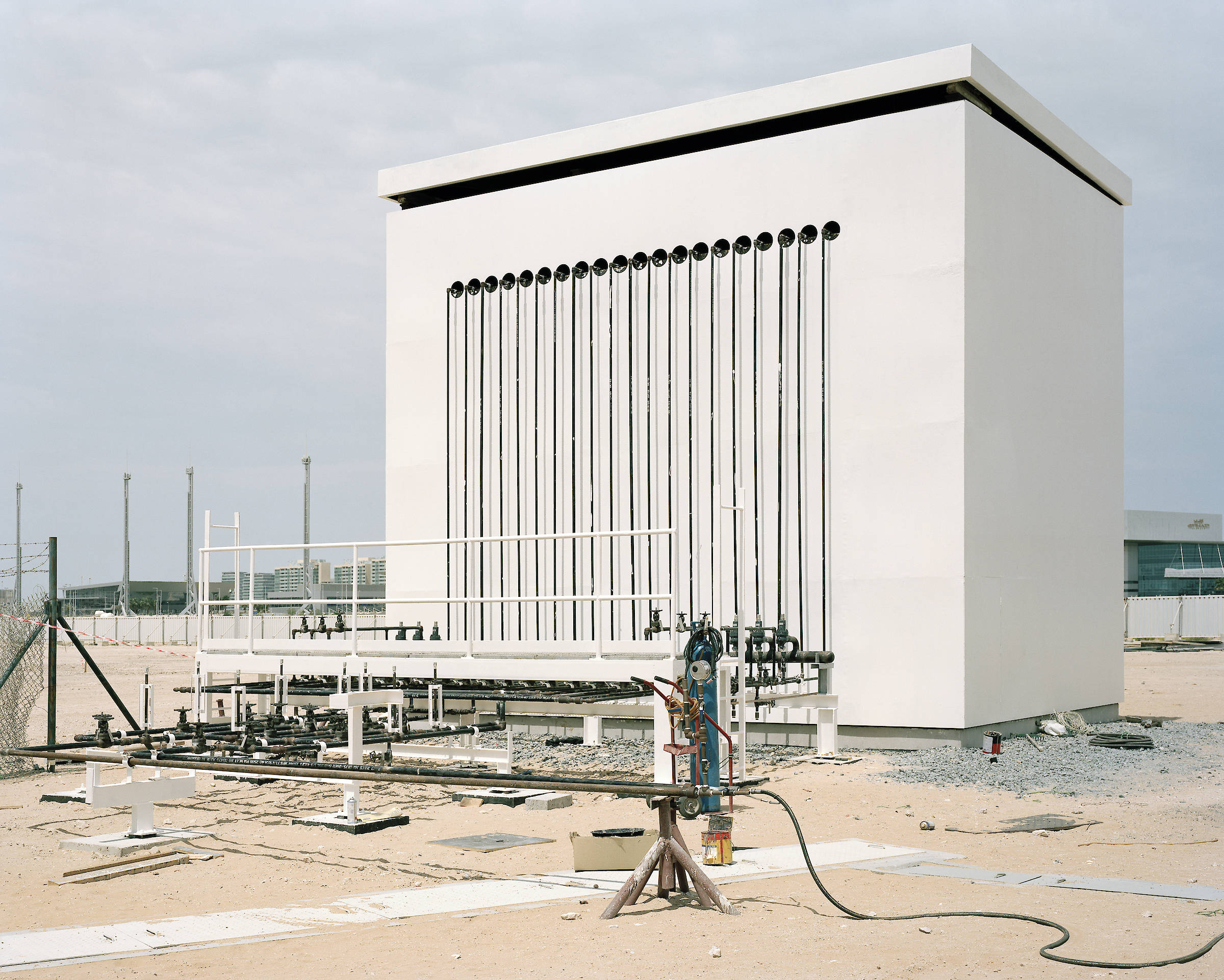
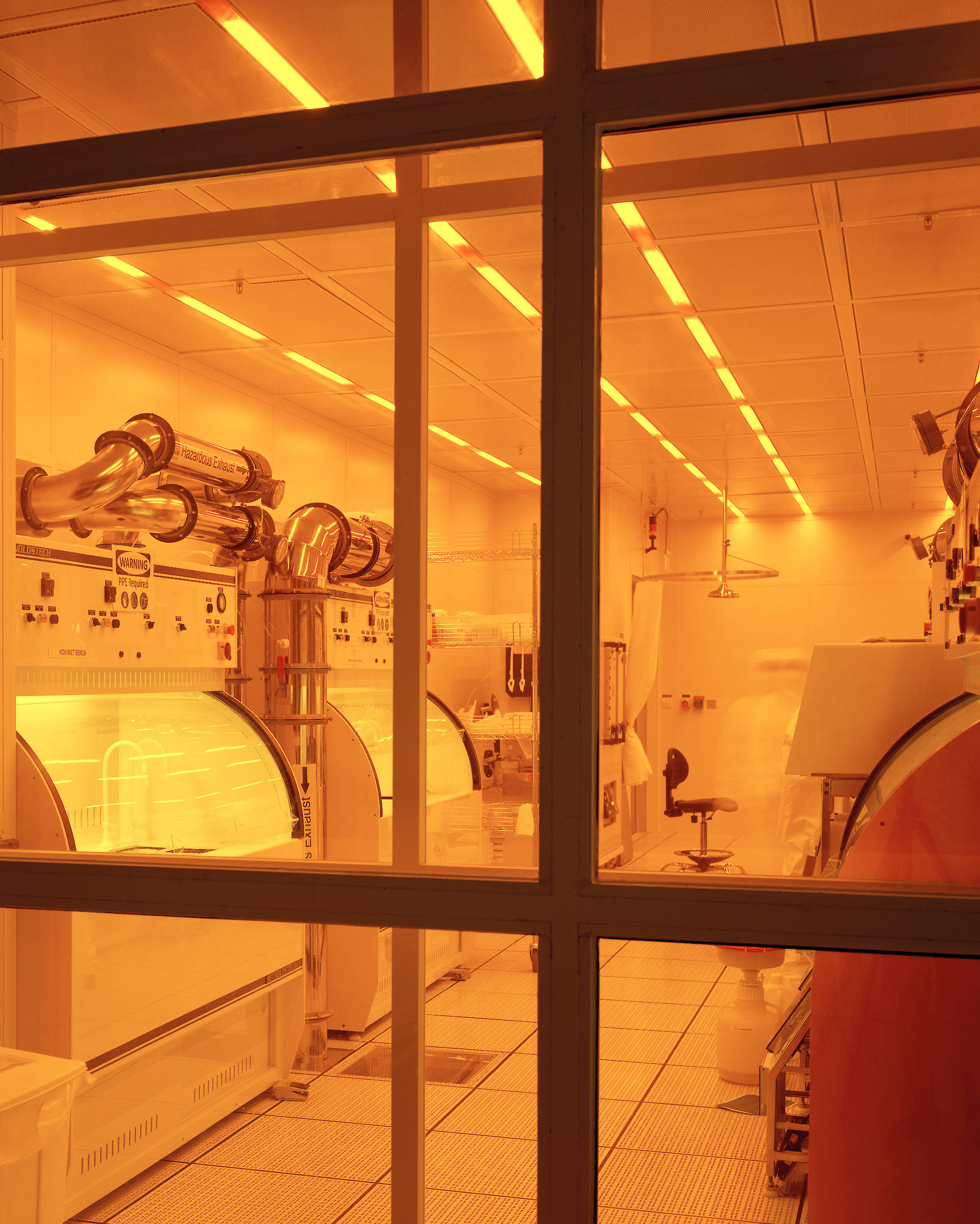
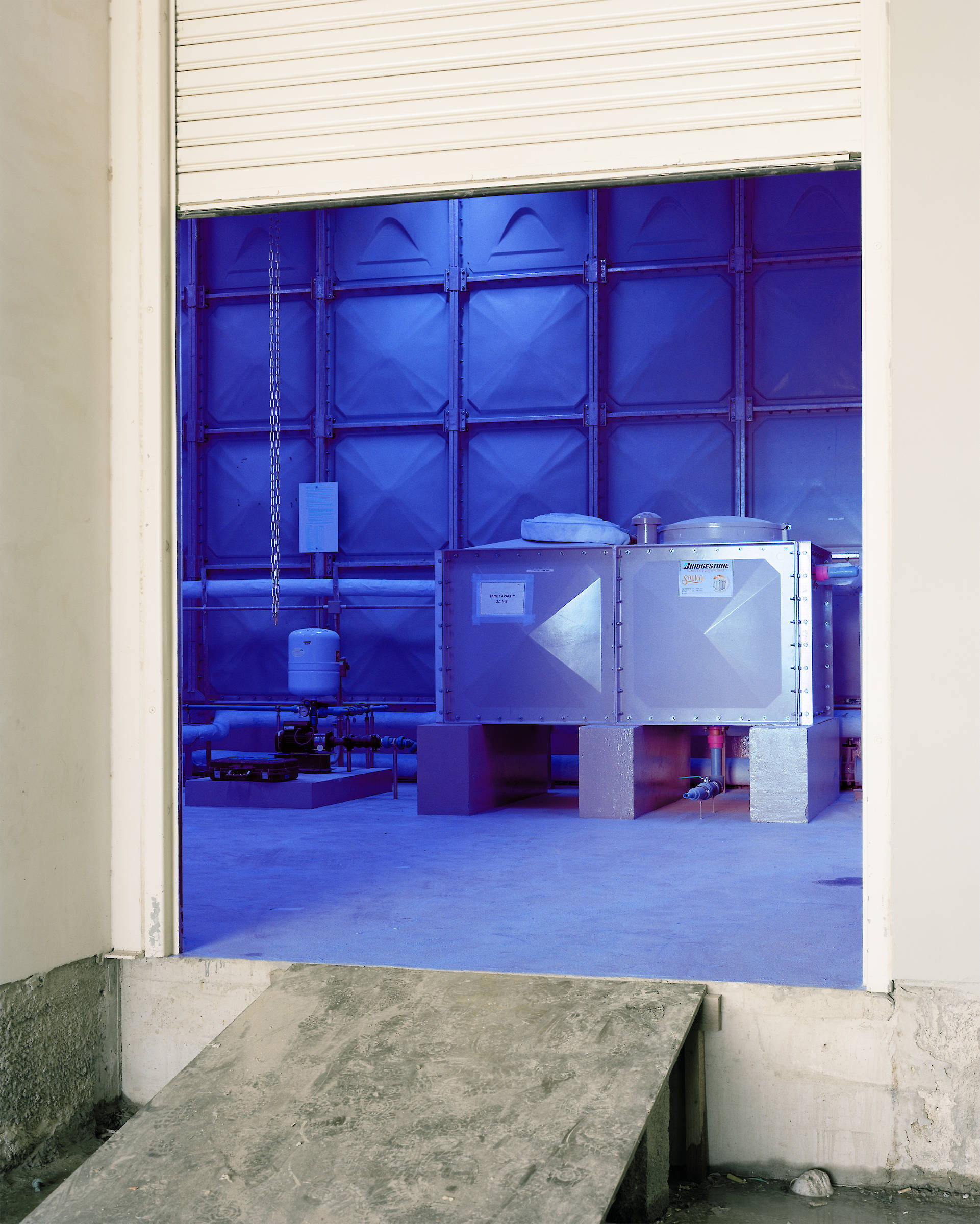
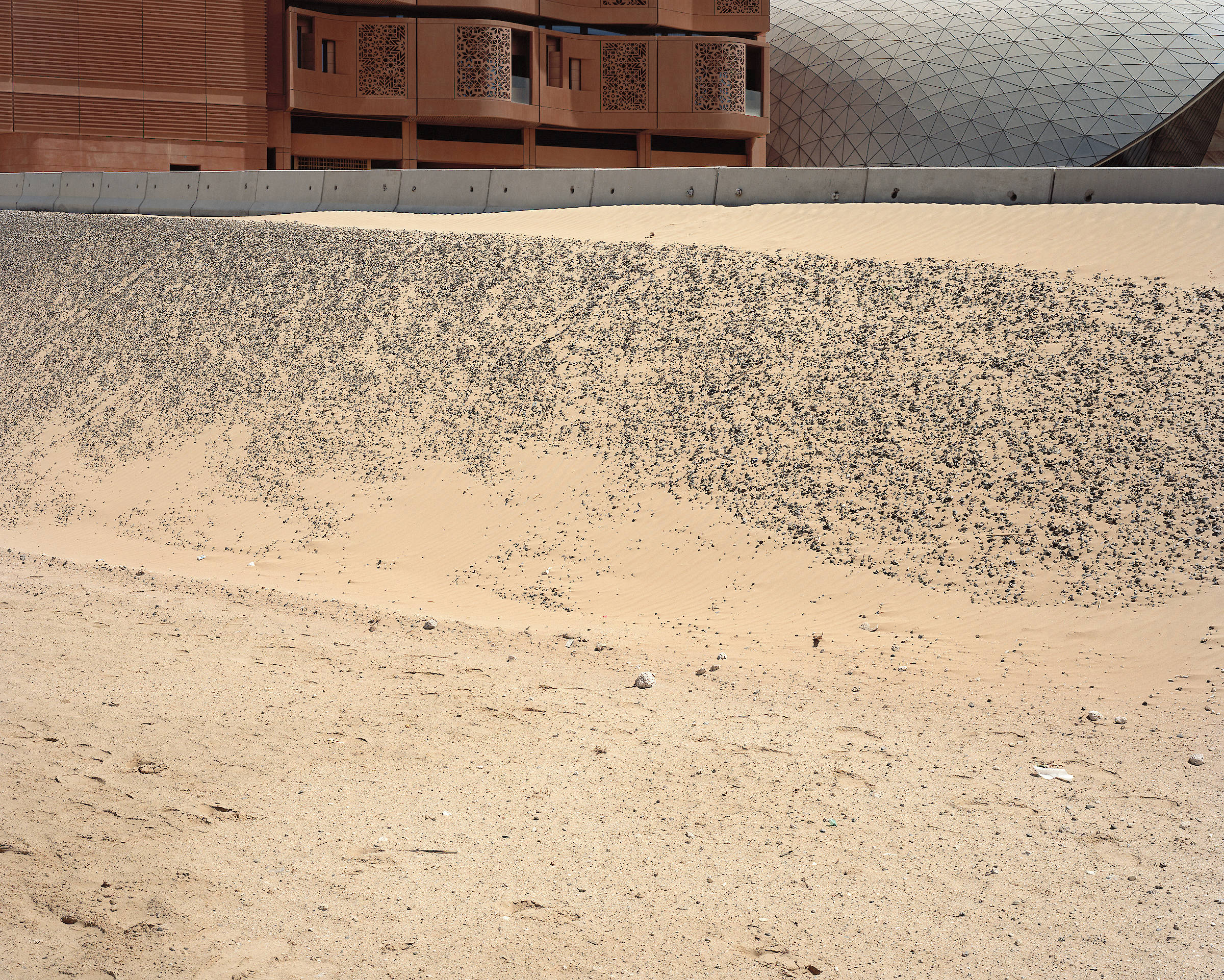
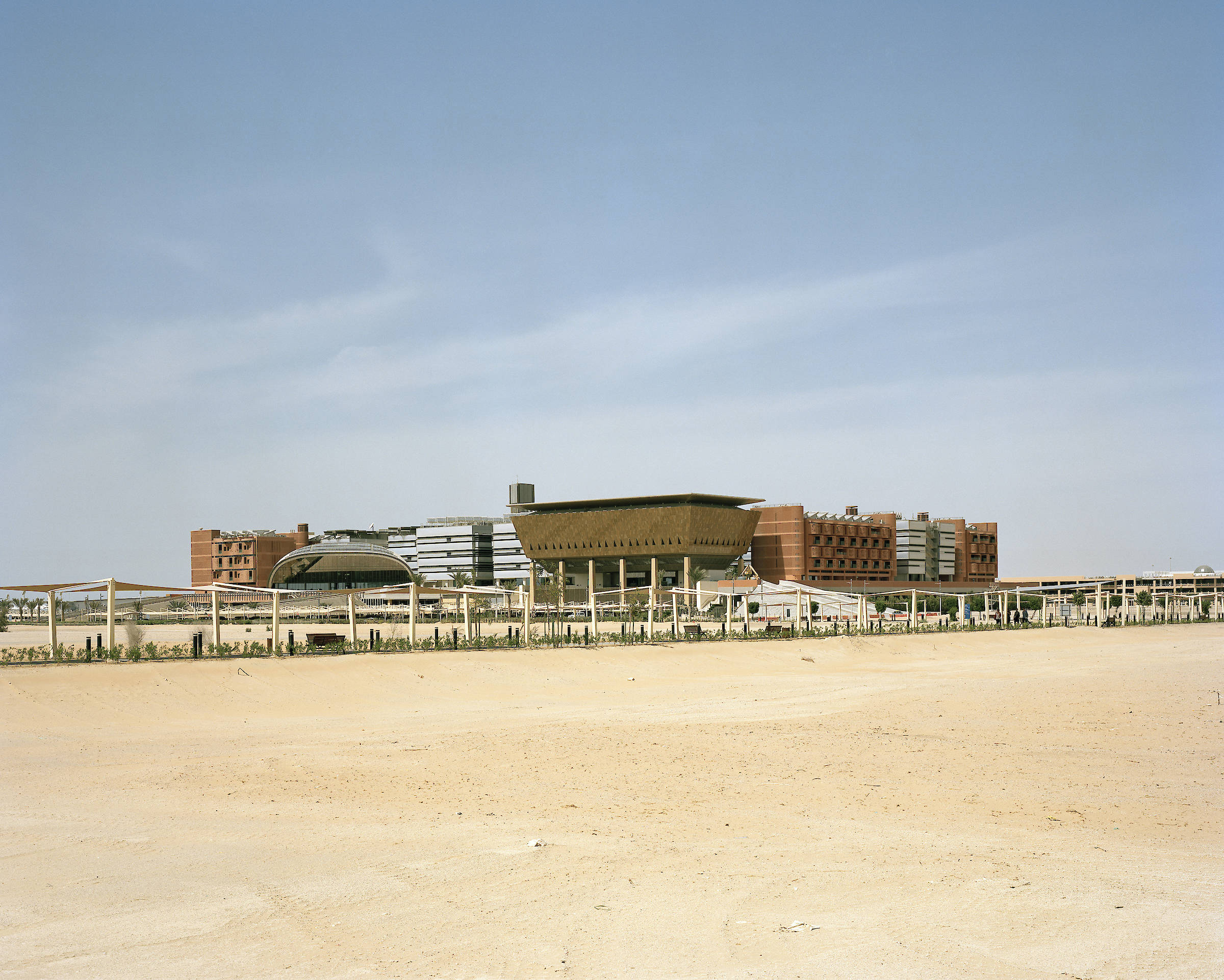
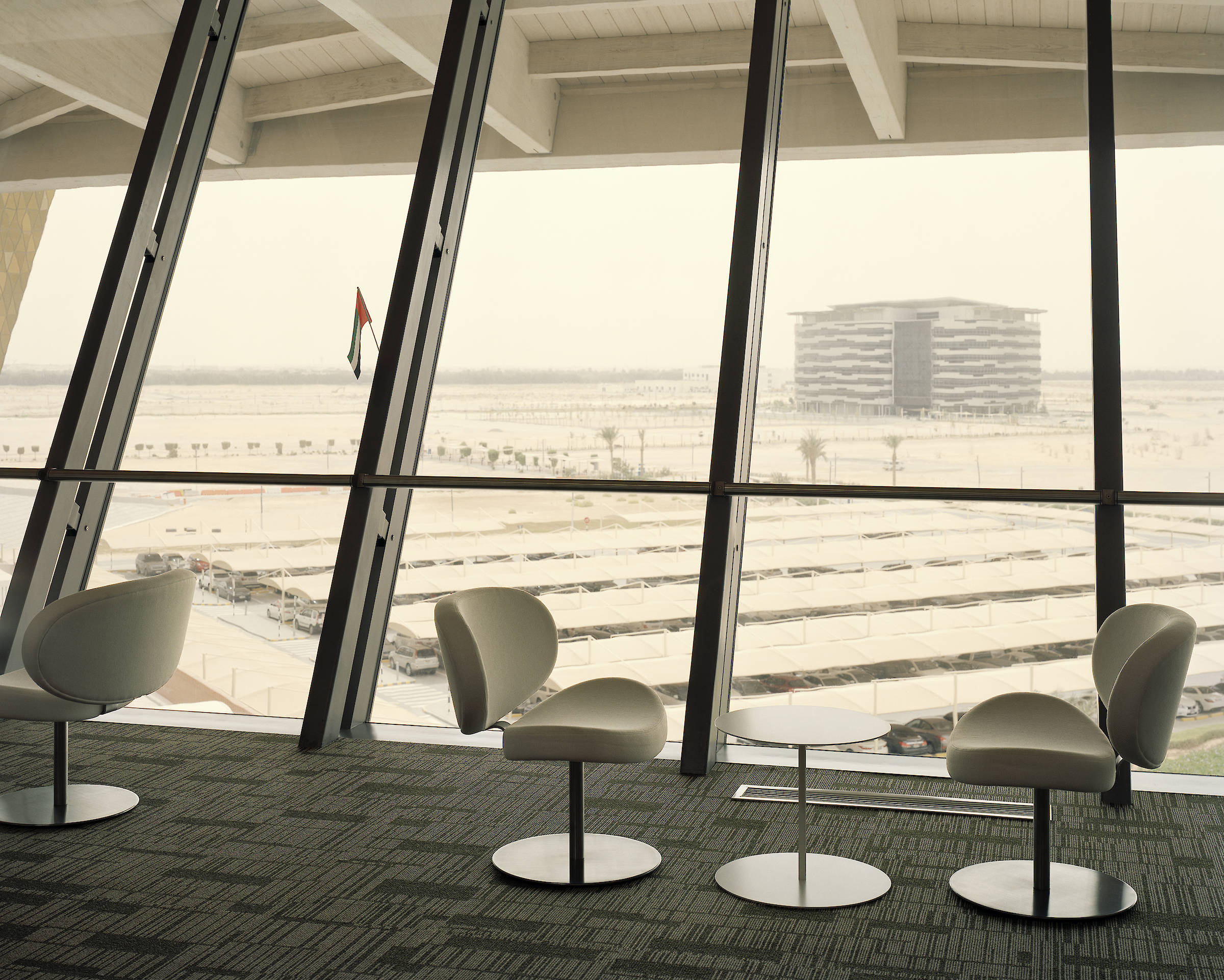
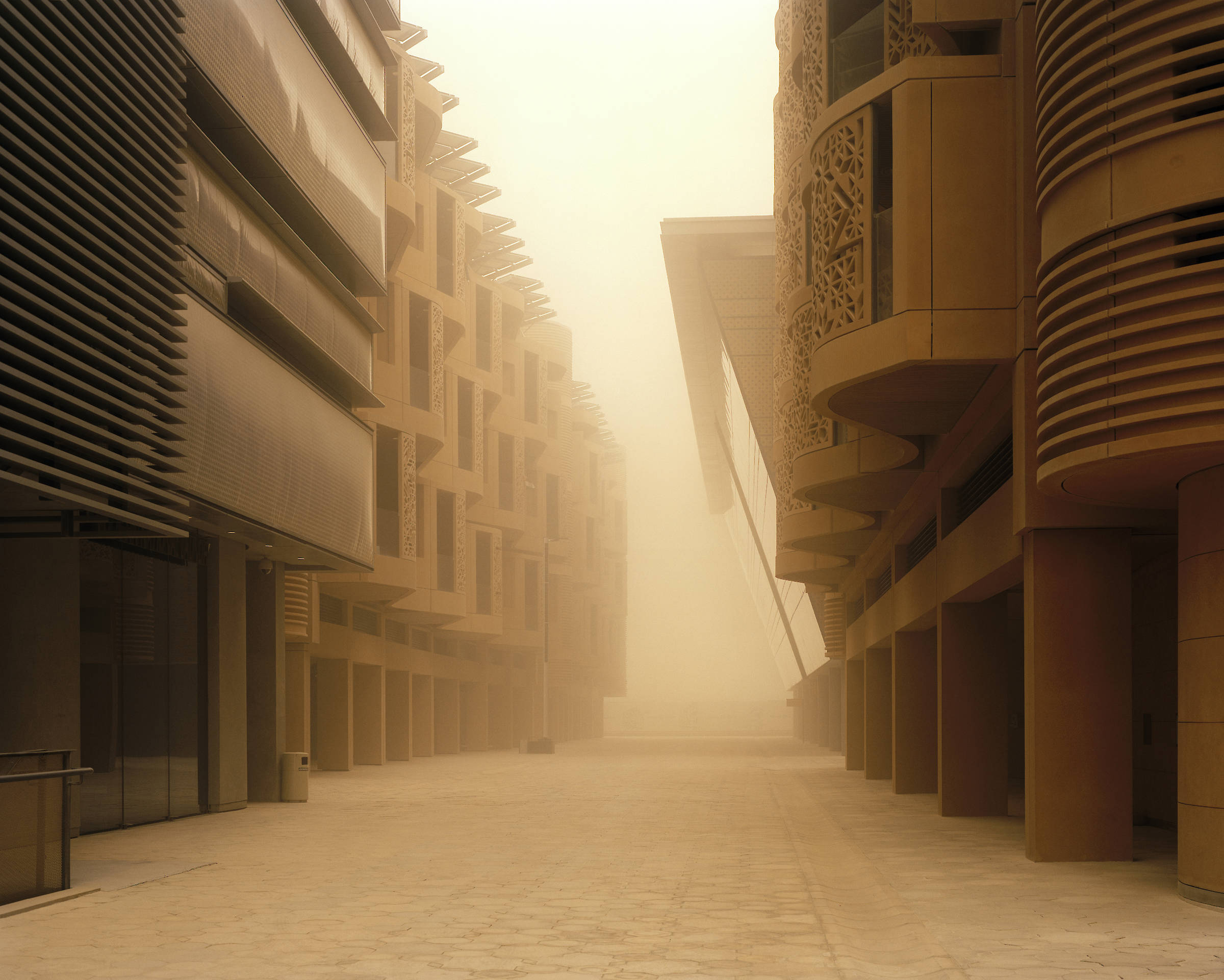
Lieu: Masdar City, United Arab Emirates
Text: Wikipedia
Publié: Août 2018
Catégorie: Photographie
Source